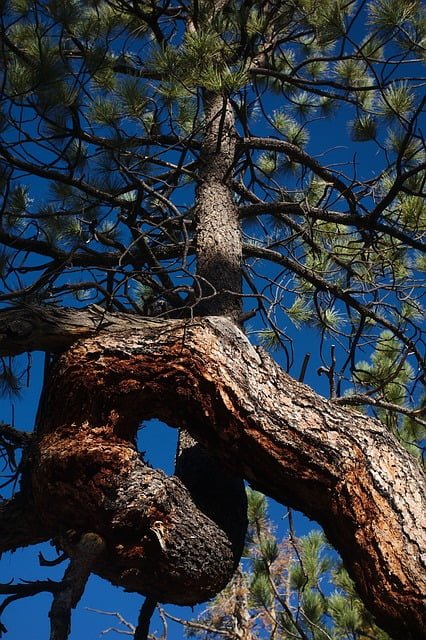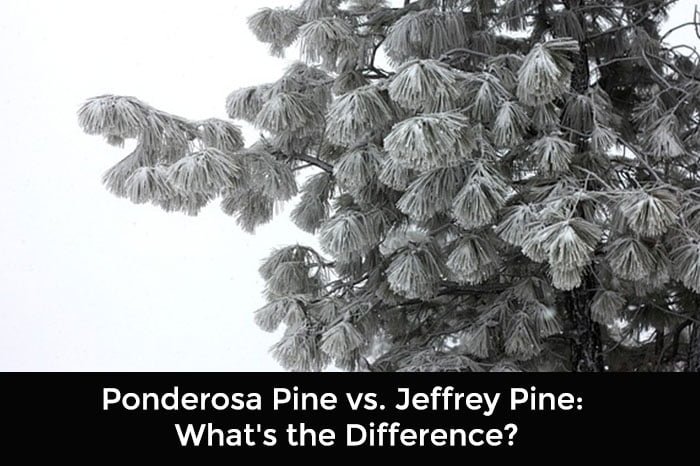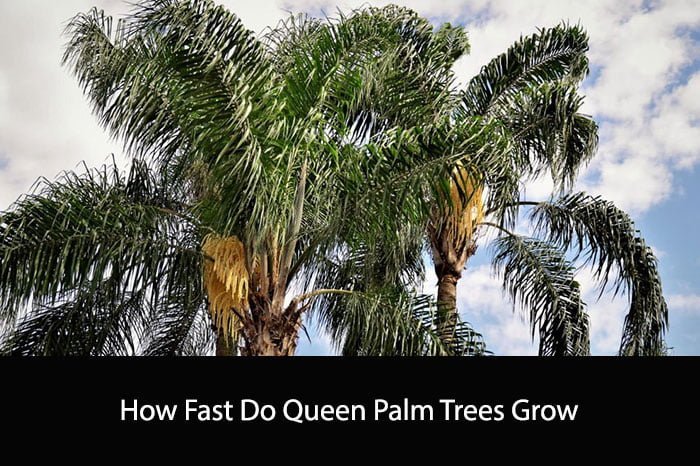Ponderosa pine and Jeffrey pine are two of the most common tree species found in the Western United States. Both species belong to the Pinus genus and are often mistaken for one another due to their similar appearance. However, there are distinct differences between the two species, including their range, growth habits, and physical characteristics.
Range
Ponderosa pine (Pinus ponderosa) is found throughout the western United States, from British Columbia to Mexico, and from the Pacific Coast to the eastern edge of the Great Plains. In contrast, Jeffrey pine (Pinus jeffreyi) has a more limited range, primarily found in California and parts of Nevada and Oregon. The two species overlap in some areas, but for the most part, their ranges are distinct.
Growth Habits
Ponderosa pine and Jeffrey pine both grow in a variety of habitats, including forests, grasslands, and montane regions. However, they have slightly different growth habits. Ponderosa pine typically grows in open forests or savannas, while Jeffrey pine prefers more shaded areas. Additionally, Ponderosa pine is known for its impressive height, often reaching up to 200 feet tall, while Jeffrey pine tends to be shorter, averaging around 100 feet tall.

Physical Characteristics
Although ponderosa pine and Jeffrey pine share some physical characteristics, such as their needle-like leaves and their orange-brown bark, there are also differences between the two species. One key difference is the scent of their needles. Ponderosa pine needles have a sweet, vanilla-like fragrance, while Jeffrey pine needles smell more like pineapple or lemon. Another difference is the shape of their cones. Ponderosa pine cones are long and cylindrical, while Jeffrey pine cones are more rounded and oblong.
Uses
Both ponderosa pine and Jeffrey pine have a variety of uses. Ponderosa pine is commonly used for lumber, as well as for paper and pulp products. It is also a popular tree for landscaping and as a Christmas tree. Jeffrey pine is less commonly used for lumber, but its wood is prized for its aroma and is often used for furniture and cabinetry. Additionally, Jeffrey pine is used in the production of essential oils and fragrances.
Conclusion
In conclusion, while ponderosa pine and Jeffrey pine may look similar at first glance, they have distinct differences in range, growth habits, physical characteristics, and uses. Understanding these differences can help you identify these trees in the wild and choose the right species for your specific needs. Whether you’re a forester, a landscaper, or just a nature enthusiast, knowing the differences between these two iconic Western trees can enhance your appreciation of the natural world around you.





